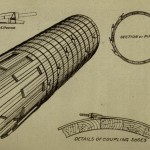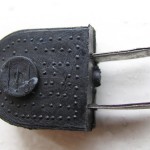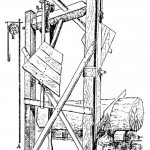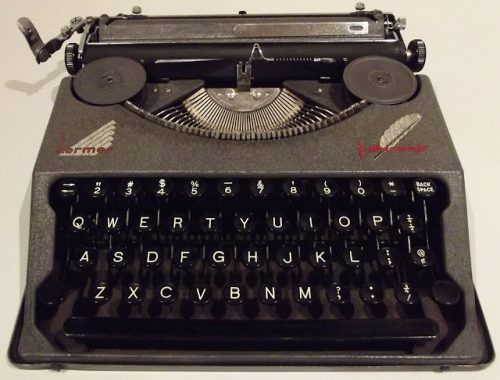 At least since the 1980s, home working has been touted as a trend with potential environmental benefits. Since the arrival of mobile phones, portable computers and the internet in the 1990s, the focus has shifted to “remote” or “agile” working, which includes working at home but also on the road and in so-called third places: coffeeshops, libraries or co-working offices.
At least since the 1980s, home working has been touted as a trend with potential environmental benefits. Since the arrival of mobile phones, portable computers and the internet in the 1990s, the focus has shifted to “remote” or “agile” working, which includes working at home but also on the road and in so-called third places: coffeeshops, libraries or co-working offices.
According to a 2014 consultancy report, “the vast majority of jobs in most organisations can be accomplished from virtually any PC or mobile device, from just about anywhere”. Upon a closer look, however, wireless computing isn’t that revolutionary as you would expect. The laptop and the internet have eroded the anchoring function of the office, but this is only a novelty if you compare with the office of 25 years ago. In a larger historical context, not that much has changed.
The Hermes Featherweight. Source: ozTypewriter.
The typewriter, and even pen and paper, were just as mobile as today’s wireless computers. Already in the early twentieth century, portable typewriters were advertised to travelling professionals. The image below comes from an advertisement that reads: “By means of the Yöst typewriter the politician, the business man, the professional man or private gentleman can conduct his correspondence etc on a motor trip as effectively as in his own office or at home.”
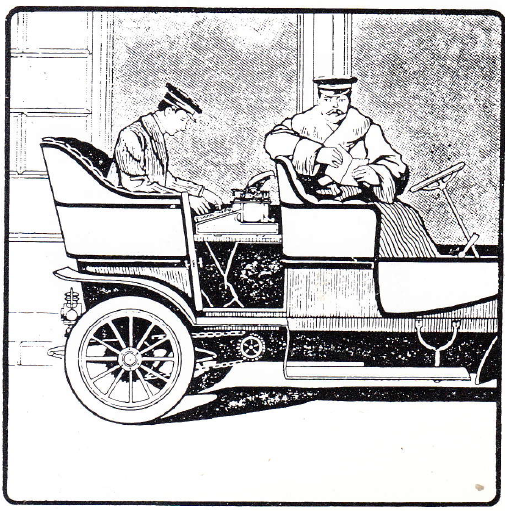 The office on the move. Source: “Machines in the Office”, Rodey Dale and Rebecca Weaver, 1993
The office on the move. Source: “Machines in the Office”, Rodey Dale and Rebecca Weaver, 1993
Like the desktop computer gave birth to the laptop computer, the “desk typewriter” (also known as a “standard” or a “office typewriter”) gave birth to the “portable” typewriter and the “ultraportable” typewriter. Portable typewriters came in a case and could be carried around, although they were still rather bulky and heavy (6-10 kg).
Some portable typewriters were foldable, which halved their size. The first one (the “Standard Foldable”, with aluminum frame) appeared already in 1906. [1] [2] The Standard Foldable was replaced by the Corona 3 in 1912, of which 600,000 machines would be sold over a period of almost 30 years. [3] Other examples are the Perkeo and the Erika.
The ultraportable typewriter, which became popular in the 1930s with the arrival of the Hermes Featherweight, Baby, and Rocket models, weighed less than 3 kg, slightly above the weight of the average laptop computer. [4] [5] As many as 4.5 million Hermes ultraportables were sold over 50 years of production. [6] Other early examples are the Olympia Splendid and the Halberg portable.
Pocket Typewriters
There was even a pocket typewriter on the market. The French made “vyrotyp” was about the size of a smartphone (9cm wide, 4 mm thick) but 450 grams heavy. It was introduced in 1914 for use in the trenches on the battlefield, or on horseback. [7] After World War One, it was promoted for mobile office work: “The shaking of a train in motion or any other mode of travelling does not allow use of a pencil or fountain pen in the production of writing easily read, but the Virotype typewriter does” says an advertisement from the time of its introduction. [8]
The machine, which came in its own little box, contained a full set of lead type and inking was done by two small rollers. Three carbon copies could be obtained. The typist would stick his little finger of the right hand through the leather strap and use the thumb and index finger of the same hand to twist the knob and select the letter.
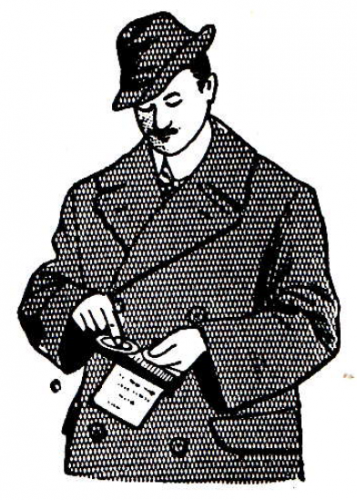 The index and middle fingers of the left would hold the machine on the left, while the thumb pressed the key to print. As it printed, the guide rail that also held the paper would move one space to the left. Although the portable machine wouldn’t hold a regular letter-sized sheet of paper, it was quite successful. After a short apprenticeship, the speed one could get is greater than handwriting. [9][8]
The index and middle fingers of the left would hold the machine on the left, while the thumb pressed the key to print. As it printed, the guide rail that also held the paper would move one space to the left. Although the portable machine wouldn’t hold a regular letter-sized sheet of paper, it was quite successful. After a short apprenticeship, the speed one could get is greater than handwriting. [9][8]
Wireless Communication
You could argue that portable typewriters are not comparable to today’s wireless computers because they cannot connect to the internet. However, these machines were used in a non-internet world, and any mobile worker had readily access to the communications system of those days: the postal service. A letter typed on a portable typewriter in a coffeeshop or on a train could be dropped in the nearest postal box and arrive the next day or even earlier. The letter could also be given to a telegrapher who could transmit the message immediately.
Because it operated in a slower, paper-based society, the portable typewriter was just as suited for mobile work as the computer with wireless internet access is today. Even more so, in a sense, because a manual portable or pocket typewriter never needed to be charged.
Kris De Decker. Thanks to Elizabeth Shove.
Read more:
